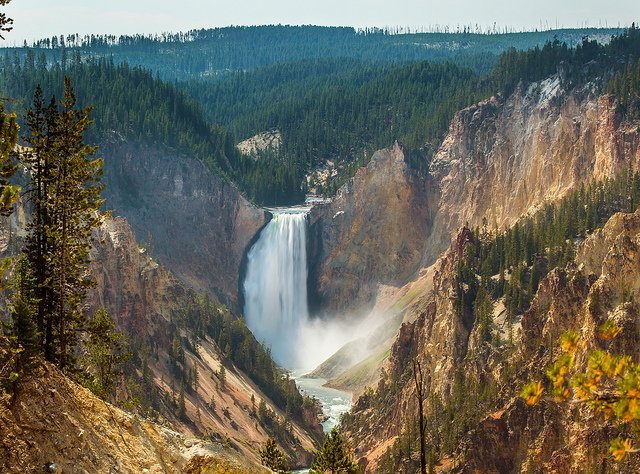Science and Civic Engagement Western Network (SCEWestNet) was a multi-institutional collaboration t0 overcome the serious obstacle of sustaining and growing reform—and creating an effective community of practice—across the expansive 17 states of the western United States.
The project was funded through a grant from the W.M. Keck Foundation to the National Center for Science & Civic Engagement. SCEWestNet was led by David Burns, Amy Shachter, and Richard Sheardy. The program built on the work of existing SENCER Centers for Innovation (SCIs) West and Southwest. SCI-West, SCI-Southwest, and the SCEWestNet leadership team worked with experienced SENCER coordinators in the west to plan an effective set of seven regionally localized organizational units or network nodes:
Alaska (Larry Duffy, University of Alaska Fairbanks)
Washington & Oregon (Peter J. Alaimo, Seattle University)
California, Nevada, & Arizona (Amy Shachter, Santa Clara University)
Montana, Idaho, & Wyoming (Garon Smith, University of Montana)
Utah, Colorado, & New Mexico (Gary Booth, Brigham Young University)
Hawaii (Robert Franco, Kapiolani Community College)
Texas, Kansas, Oklahoma, & Louisiana (Richard Sheardy, Texas Woman’s University)
These seven nodal partners each worked with three institutions new to SENCER to establish science education curricular reform projects led by a campus team. The partners then worked with the SCIs to scale up science education reform efforts. SCEWestNet developed a sustainable structure to overcome obstacles of scale and cost and contribute to achieving significant, lasting science education reform.

